Description
Lover’s hands of Akhenaton and Nefertiti
Egypt, the New Kingdom, 18th Dynasty (approx. 1350 BC)
Pharaoh Amenothep IV (Tutankhamen’s father) was much less interested in military affairs than his predecessors. He focused his attention on religion and the arts. He had himself called Akhenaton, which literally means: Aton wished it, referring to the sun god, their only god. The introduction of monotheism soon encountered widespread resistance from both the priests and the people. The progressive Pharaoh did however manage to free the arts from the priests’ constrictive prescripts. From then on, gods and Pharaohs could be depicted in poses and scenes from daily life. The introduction of naturalism to Egyptian art led to what is known as the Amarna style in reference to the city of Tellel-Amarna which was built on the site of the capital Akhenaton founded, Akhematen.
In this sculpture, we see evidence of this new naturalism in Egyptian art. The two hands are the pharaoh Akhenaton’s and his queen’s, Nefertiti. They lovingly grasp in an expression of timeless and everlasting love.
Egyptian reproduction is made from resin, black metal base, and measures: 4″H x 3.5″W x 3″D. Part of the Parastone Mouseion Collection of museum replicas.


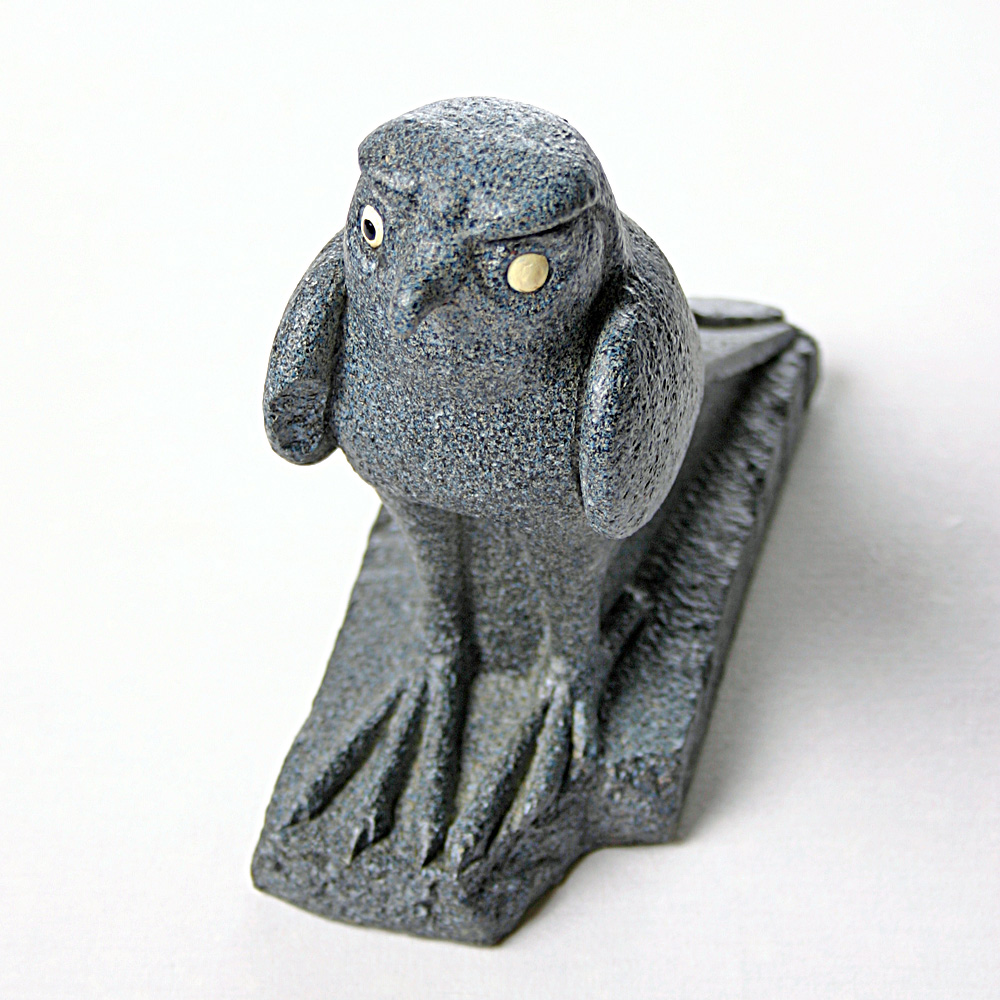
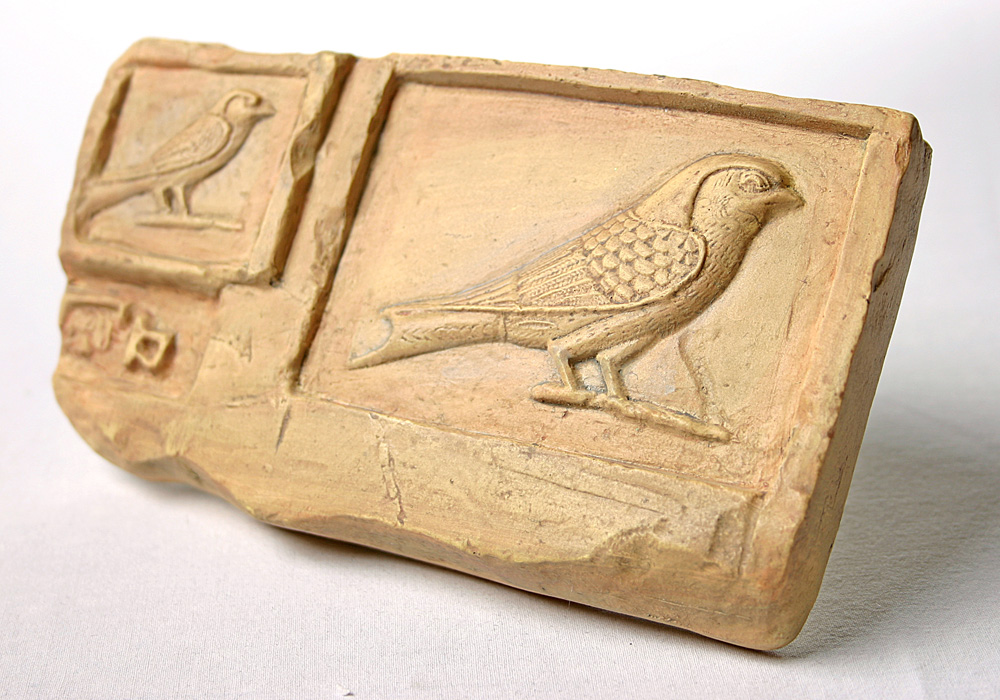
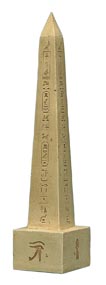

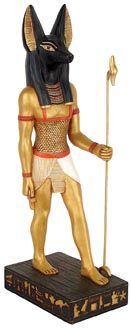
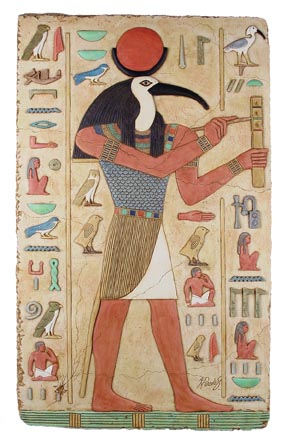
Reviews
There are no reviews yet.